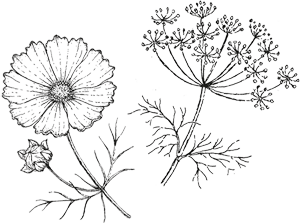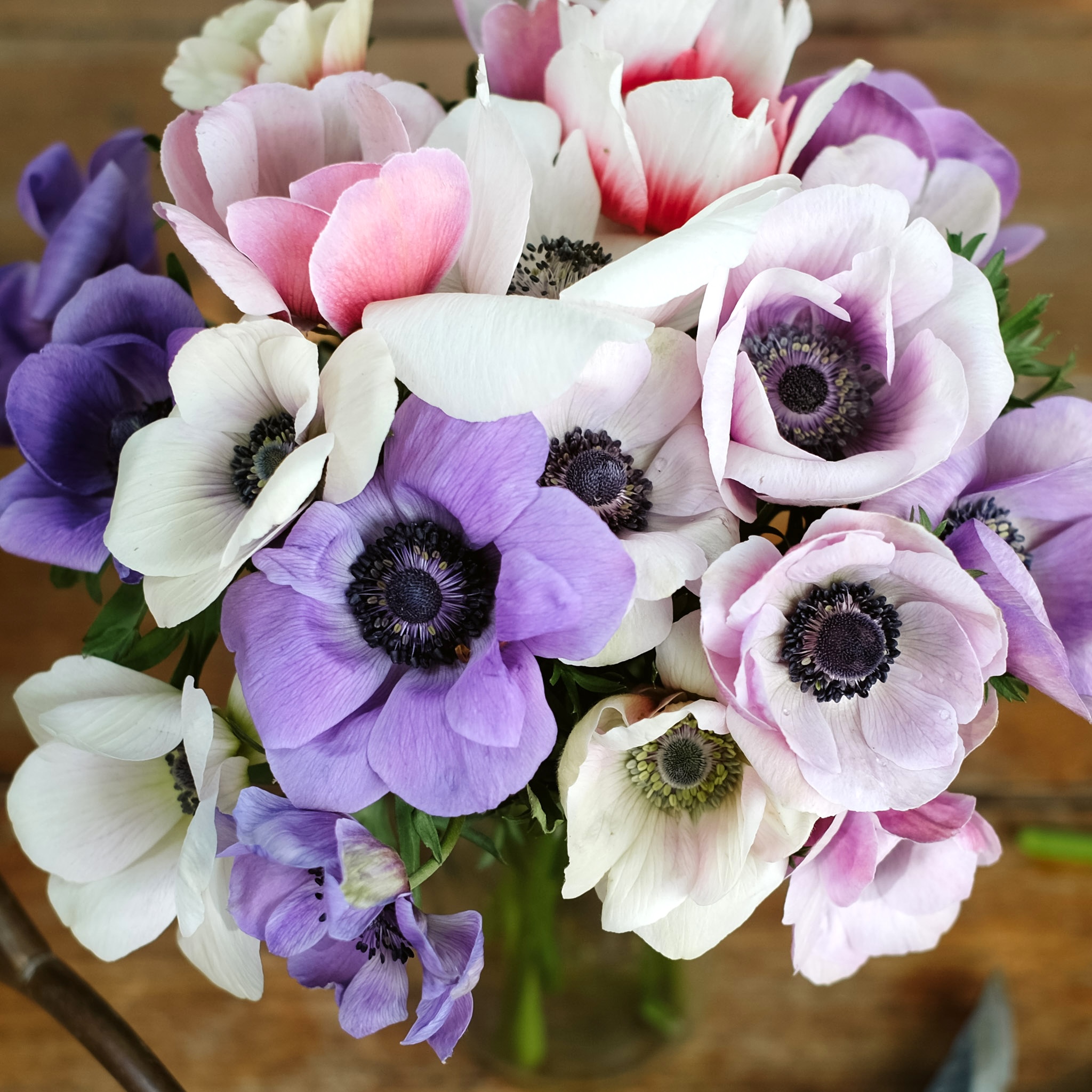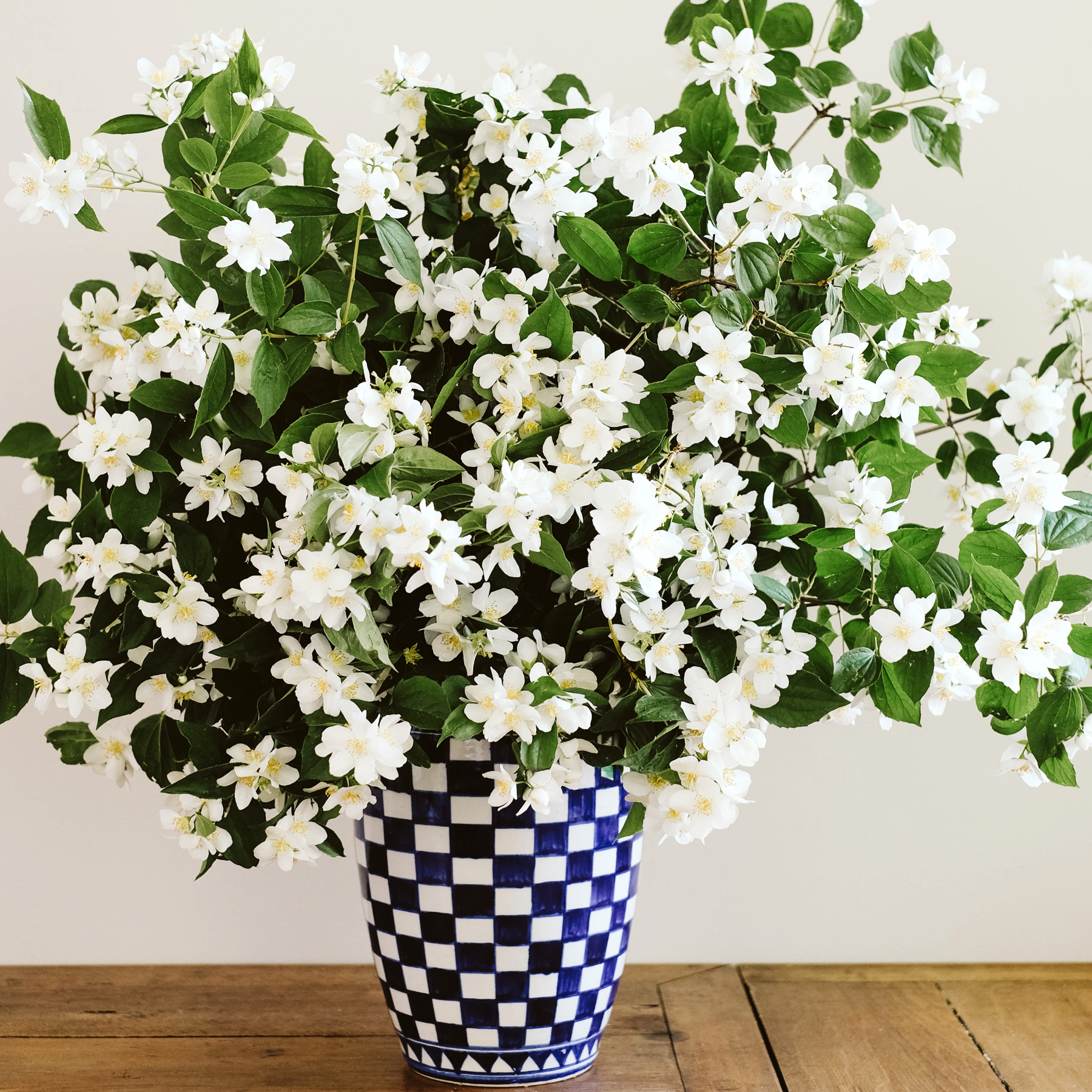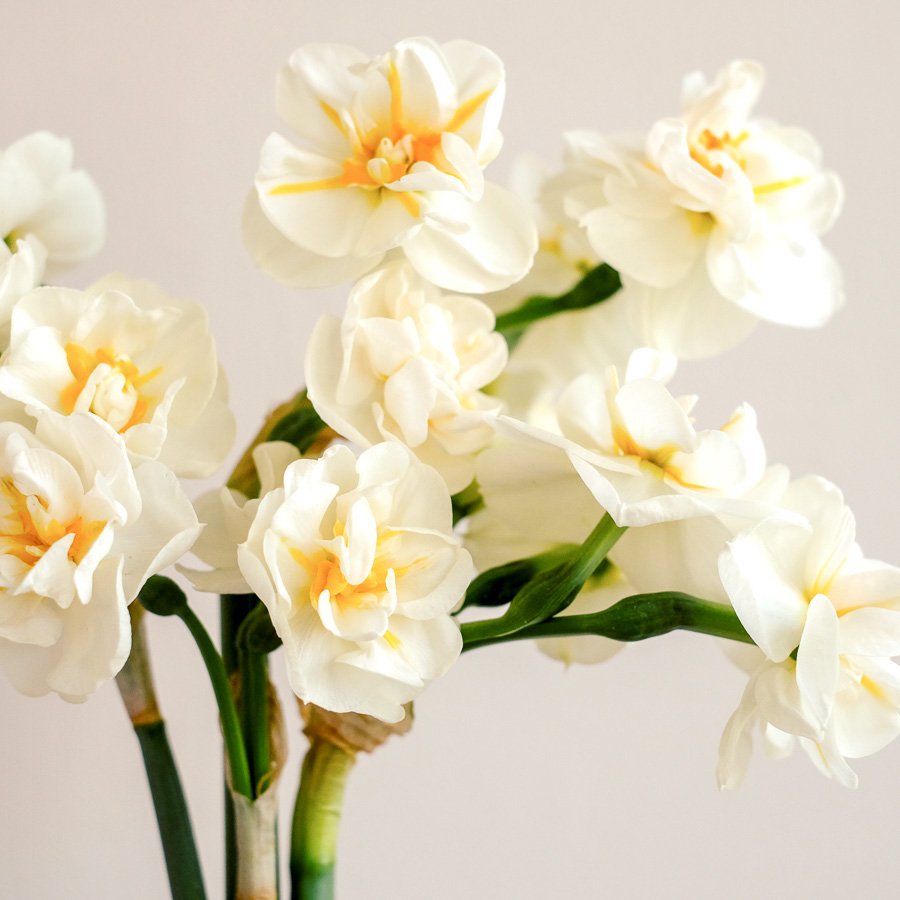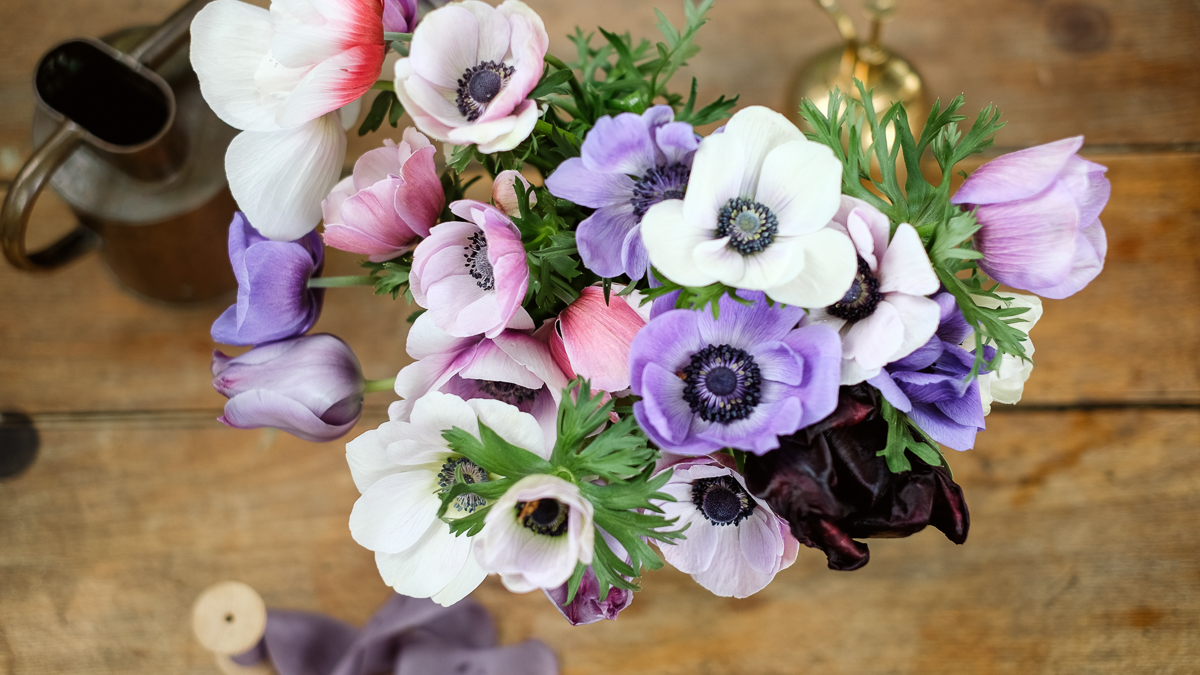
Planting, caring for and harvesting Anemones
Welcome to the enchanting world of crown anemones ( Anemone coronaria). These delicate flowers are like little marvels of nature, brightening up any garden with their intense colours and elegant shapes. Whether in spring or summer – they bring a special magic with them.
Their delicate blossoms seem to dance almost weightlessly in the wind and conjure up a feeling of lightness and joy. But behind their delicate appearance lies a fascinatingly robust plant that, with a little attention, will give pleasure for a long time. With their variety of colours and shapes, crown anemones (sometimes also called garden anemones) are not only an eye-catcher, but also a symbol of grace and eleganc
The best time to plant Anemones
The best planting time depends on when you want to admire their beautiful flowers. If you want to have flowering anemones in spring, you should plant the bulbs in autumn, between September and November. This will give the plants enough time to take root in winter and show their full splendour in spring. For flowering in early summer, it is ideal to plant the tubers in early spring, i.e. between January and March. This gives them enough time to develop and flower from May or June.
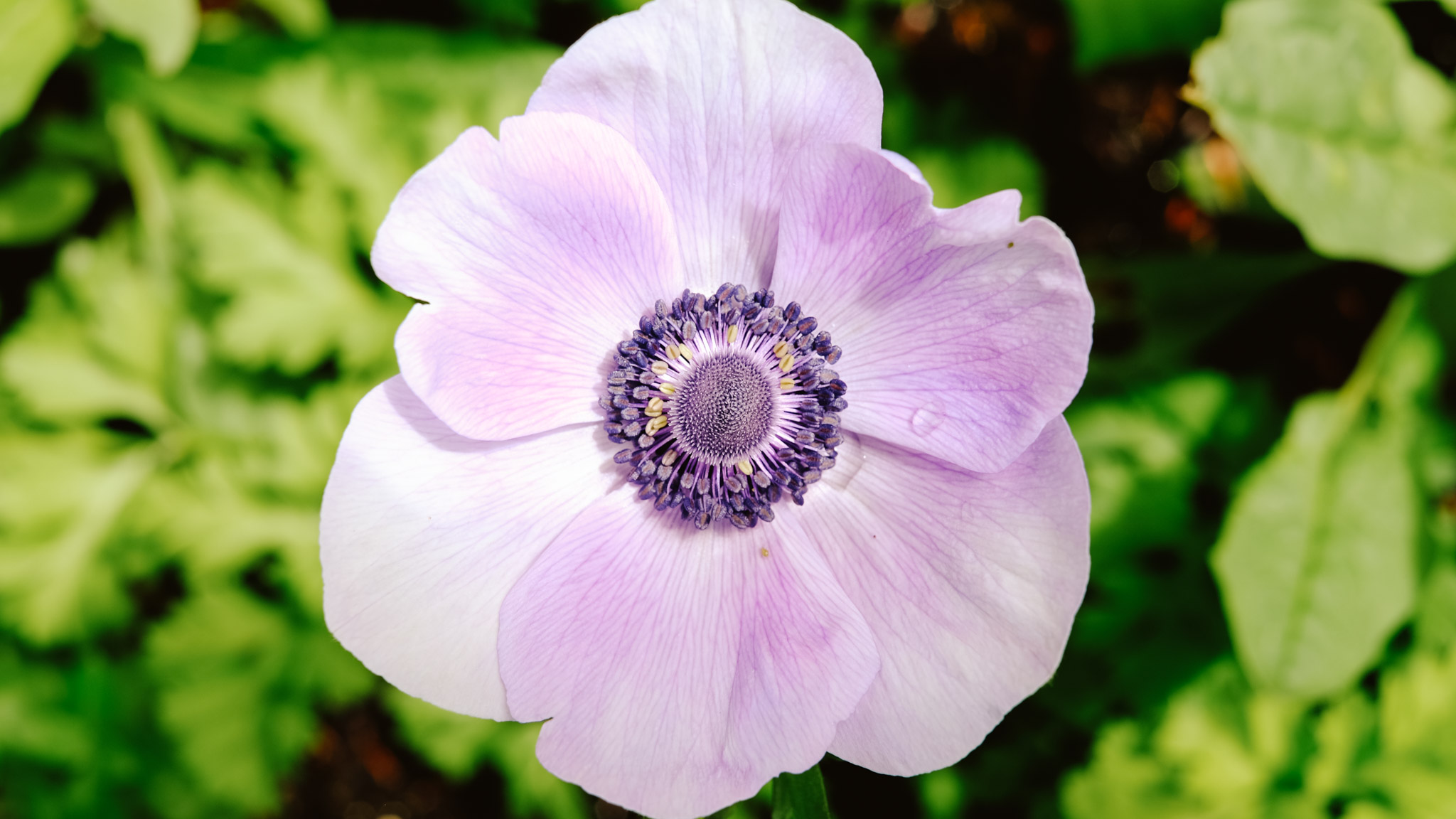
Prepare & plant the Anemones
Firstly, you should soak the small tubers in water for approx. 3-5 hours. This will make them significantly larger and firmer. To grow them, fill a suitable container with potting compost and place them slightly apart from each other. Then cover them lightly with another layer of soil and water them carefully. The anemones should then be placed in a dark place for approx. 10-14 days, ideally at approx. 10-15 degrees. This will allow them to develop roots and sprout. As soon as the first shoots are visible, the plants can be planted in the garden. The planting distance should be 10-15 cm.
Anemones can also be planted directly in the soil (after soaking in water). Ideally, you should then place the tubers 5-6 cm deep in the soil. However, remember that there are some garden inhabitants (e.g. mice) that are only too happy to munch on the tubers. Pre-planting is therefore definitely the safer option.
Provide a sunny to semi-shady location and humus-rich, well-drained soil. Generally speaking, crown anemones start to flower around 100 days after planting and you can then admire them for around 4-6 weeks. Incidentally, these beauties are also ideal for planting in pots or containers.
Caring for and harvesting Anemones
During the growth phase, the marvellous anemones need a steady supply of water. You should avoid waterlogging at all costs, as the roots could rot. Water regularly, but not too much. A light organic fertiliser will encourage the flowers to bloom – but here too, less is more! Anemones tolerate light frost down to -5 degrees Celsius. If the frost is more severe, you should protect the bulbs with leaves or fleece, for example.
Anemones are also ideal cut flowers and will last a particularly long time in the vase if harvested correctly. The ideal time for cutting is when the flower is still in bud and just beginning to open. This allows them to unfold their full beauty in the vase. Cut the stems early in the morning when the plant is well moisturised and place them immediately in fresh, cool water. Remove the lower foliage that would stand in the water to prevent rotting. The vase life is around 7-10 days.
Tip: It is best to use a vase that is high enough to prevent the stems of the anemones from kinking. Similar to tulips, crown anemones stretch again after cutting, which can lead to the stems kinking.
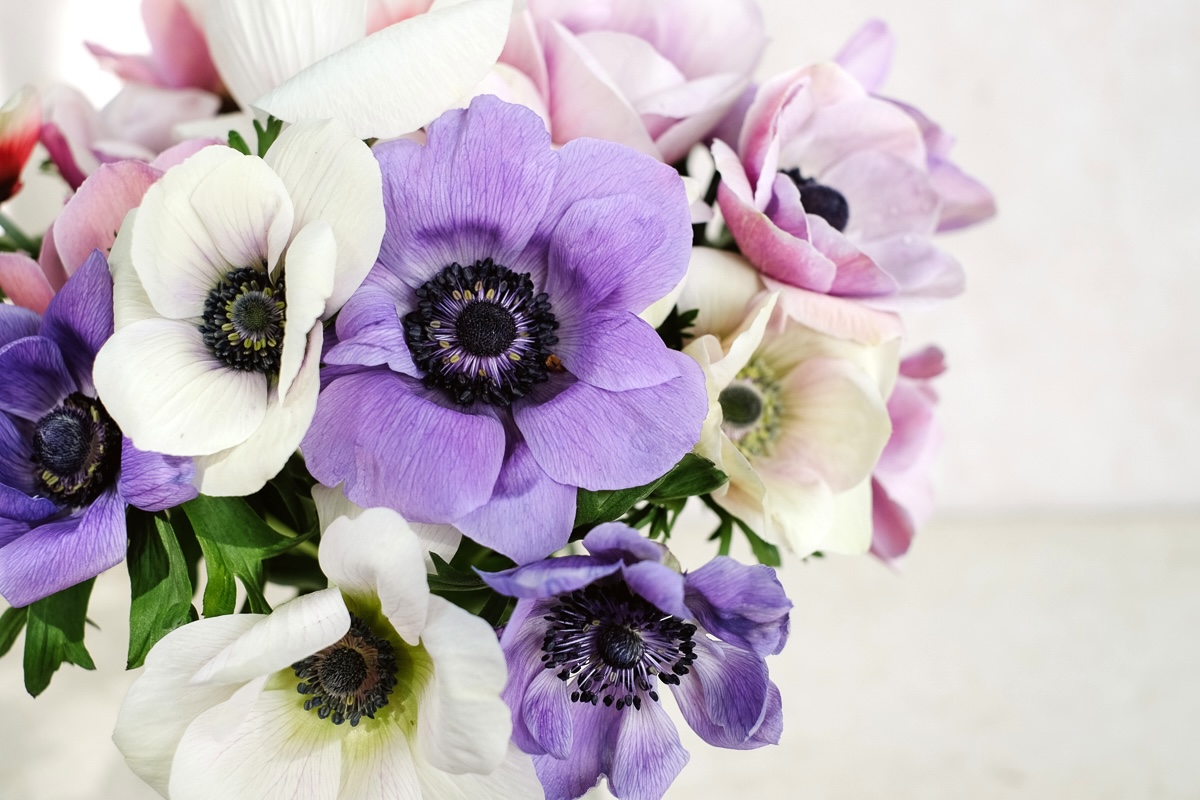
Storing & overwintering Anemones
If you live in a region with harsh winters, you should take the tubers out of the ground in autumn before the frost arrives. Carefully dig up the tubers and remove the soil. After digging, you can leave the tubers to dry for a few days. This prevents mould growth. Store the tubers in a cool, dark and well-ventilated place, for example in a box with sand, peat or dry leaves. If you have planted the tubers in a pot, you can take them into the cellar or a frost-free garage in autumn.
In regions where winters tend to be mild, the anemone tubers can overwinter in the ground. If you leave the tubers in the bed, you can apply a layer of mulch, e.g. leaves, in autumn to protect them from frost.
Newsletter
Jetzt anmelden und über 200 Planungskarten für deine Beetgestaltung downloaden!

Erhalte regelmäßig hilfreich Gartentipps, besondere Vergünstigungen und werde immer als Erste benachrichtigt, wenn unsere Blumen in der Saison online gehen! Außerdem bekommst du zusätzlich unsere digitalen Planungskarten. Du kannst sie ausdrucken und damit kinderleicht dauerblühende, pflegeleichte Beete planen! Bitte prüfe nach der Anmeldung auch deinen Spam-Ordner für den Bestätigung-Link.
